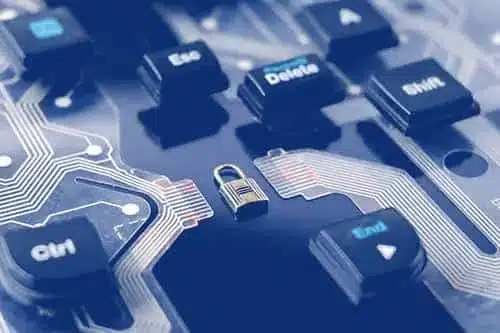Digital Transformation for Utilities: Don’t Let Software OEM Tactics Deride Your Transformation Plans
March 1, 2024
4 min read
March 1, 2024
4 min read
Digital transformation in the utilities industry isn’t a straightforward or standardized process. Every enterprise’s approach is different. But whatever your path towards modernization looks like, moving away simply because OEMs say it’s time (or because their business practices seem to price you out of the format) is a questionable decision at best and outright bad business at worst.
Among Fortune 100 companies, 67% of enterprises still lean on mainframes to carry out business-critical tasks. In the Fortune 500, the number of businesses using mainframes increases four points to 71%. Companies don’t stick to a technology that long without a good reason, and the rationale behind keeping the format active is clear. The mainframe is incredibly good at what it does, reliable beyond compare, and a lot more adaptable than the reputation might indicate.
With so many strengths, mainframes don’t need to be a hurdle to digital transformation. In this article, we’ll look at OEM tactics that make it more difficult to optimize your mainframe and ways to keep your current mainframe software a part of your transformation plans.
Let’s say it’s almost time to renew your mainframe support agreement. In a lot of cases, your account manager will present you with two high-level options:
Any cost-conscious utility is bound to give the first option heavy consideration when the other choice is more spending that applies directly to O&M costs with no added value. But if you’re buying new software you might not need just to keep costs in the proper column, are you really saving money in the long run?
Above all, utility providers need to stay up and running. When IBM tells you the mainframe or open systems software you’re using must be upgraded to keep the support services that guide you during outages and other problems, what do you do?
Companies that are happy with their current software routinely feel forced to upgrade to a new version just to make sure they have someone to call when something goes wrong. It’s a common problem in the utilities industry that can sideline planned changes, complicate the acquisition of new software, and severely disrupt an organization’s ability to exert control over its own roadmap.
Fortunately, the megavendors providing the products aren’t the only ones capable of offering expert support. If you choose to go with a third-party software maintenance (TPSM) provider, even allegedly unsupported software can be maintained indefinitely, meaning you can keep your existing mainframe implementations for as long as you need.
IBM® software security is another blocker hampering digital transformation in the utilities industry. When a product moves to EOS status, it no longer receives security patches from the OEM. This change can make utility providers think they need to upgrade if only to ensure they are covered. Considering how often utilities and adjacent industries like energy find themselves the target of cyberattackers, it is not a good position to be in.
However, patch management is only one means of securing legacy estates. Practices like hardening are also viable and come with added benefits, including proactive defense (as opposed to the inherently reactive nature of patching) and high adaptability to the customer’s unique needs and estate components. Since hardening is often a matter of fixing configuration problems and other oversights, it also can come with the added benefit of more efficient performance.
Finally, it’s worth talking about the role licenses and associated audits play in pushing utility providers towards prematurely sunsetting mainframes. IBM® software audits are inevitable for essentially all enterprise-level customers, and the six- and seven-figure penalties they turn into can be especially troublesome for those looking to keep O&M expenses low.
Megavendors are known to use audits and their findings to grow accounts even when customers are happy with their current software products. When your options are to accept a new multiyear deal to make the charges go away or pay a significant fee that counts directly against O&M costs, it’s easy to see why a customer with little desire to do more business with a given OEM might do a sudden about-face, even if the decision runs contrary to its IT roadmap planning.
We’ve put together an e-book that outlines ways utilities companies undergoing digital transformation can utilize TPSM to keep O&M costs low while still maintaining high support standards. To learn more about the tactics megavendors might throw your way as you attempt to exert more control over your roadmap, check out “Planning Your IBM Mainframe Software Maintenance Strategy to Invest in Utilities Transformation.”
Gain insight into industry-only news, access to webinars, tips and tricks, blog posts, podcasts, and guides, surrounding topics like cybersecurity, reducing software support and maintenance costs and much more, all delivered to your inbox each month.
LEARN MORE